Let Your Plants Do the Dusting: A Realistic Guide to Cleaner Air
After years of working in commercial greenhouses and helping folks pick out plants for their homes, I’ve heard one question more than any other: “Which plants are best for cleaning the air?” People are often looking for a silver bullet for dust and allergies. And while plants aren’t a magic replacement for a good vacuum, they are fantastic partners in the fight for a cleaner home. Think of them as beautiful, living dust collectors.
In this article
You’ve probably seen articles referencing that famous space agency study about plants removing toxins. It’s important stuff, but let’s be real—those tests were done in small, sealed chambers. Your home, with its drafts and open windows, is a totally different ball game. So, a few houseplants won’t purify your air like an industrial filter. Their real superpower in a home setting is a bit more subtle: they physically trap dust and gently improve airflow. Understanding that is the key to making them work for you.
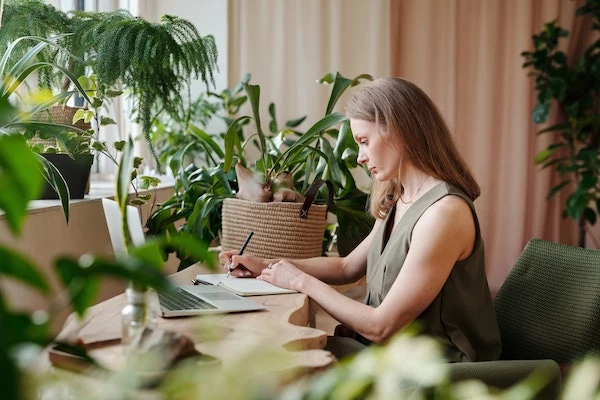
How a Humble Houseplant Actually Catches Dust
It’s not magic, just a cool mix of biology and physics. Plants have two main tricks up their sleeves for pulling particles out of the air.
Their Leaves Are Basically Natural Swiffers
The most straightforward way plants help is by simply getting in the way of dust. Their leaves create a massive amount of surface area. Think about a big Rubber Plant—each of its giant leaves is a landing pad for dust, skin cells, pet dander, and all the other gunk floating around. In total, a single plant can add several square feet of dust-trapping surface to a room.
Leaf texture makes a huge difference here. Plants with broad, waxy, or even slightly fuzzy leaves are the champions. That waxy coating on a ZZ Plant, for example, can have a slight static charge that literally pulls particles out of the air. The secret, and I’ll say this a lot, is that you have to wipe that dust off the leaves to keep the plant working effectively.
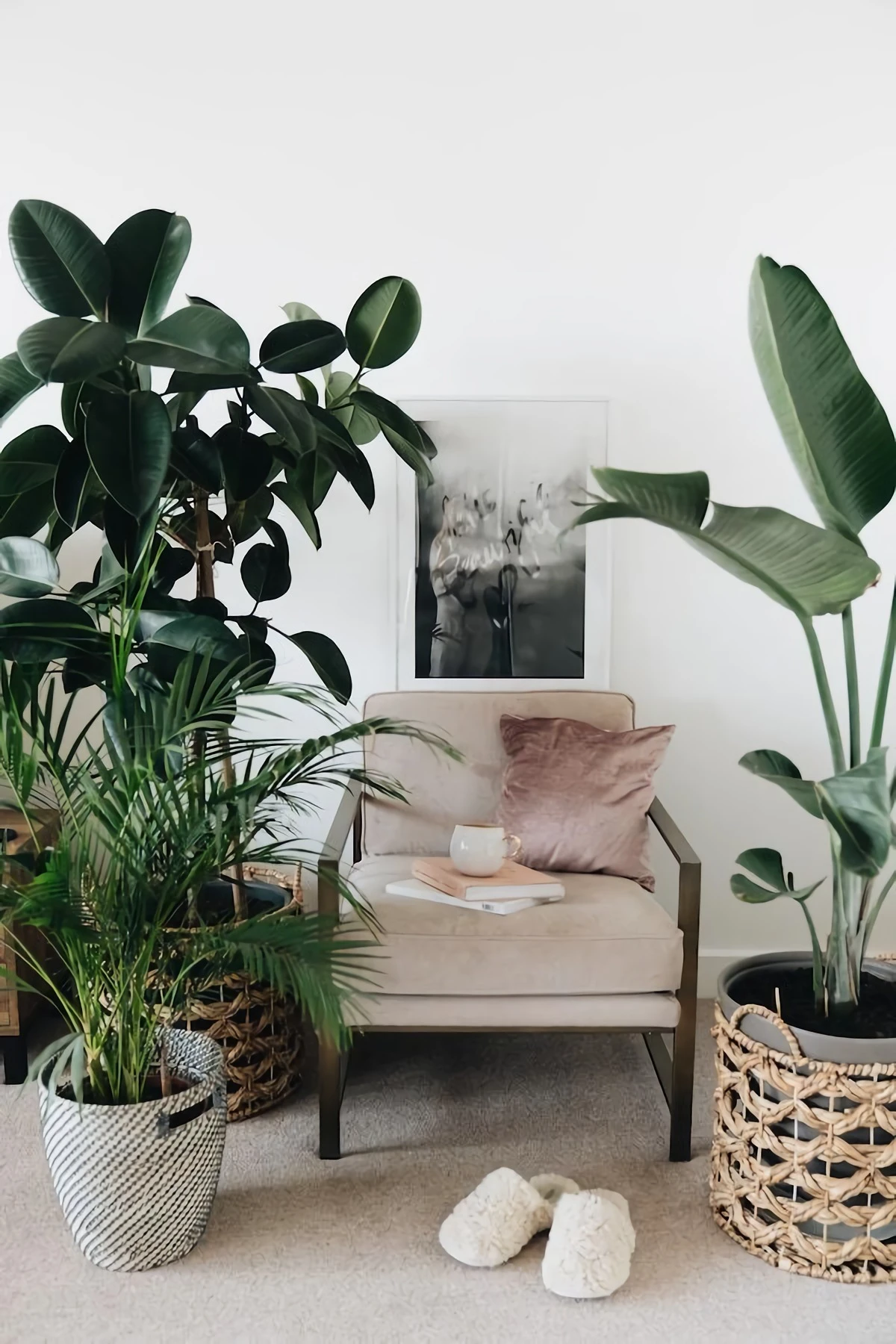
They Create Their Own Micro-Breeze
This is the really cool part. Plants “breathe” through a process called transpiration, releasing water vapor from their leaves. This process does more than just keep the plant healthy; it creates tiny, gentle air currents around it. As the plant releases moisture, the surrounding air cools slightly, sinks, and draws warmer air from the room toward the plant. It’s like a super slow, silent ceiling fan.
This subtle airflow pulls airborne dust closer to the leaves where it can get stuck. As a bonus, the added humidity makes dust particles clump together, get heavier, and fall out of the air faster—often right onto the plant’s leaves or the floor nearby, where your vacuum can take care of them.
Picking Your Dust-Fighting Team: What to Look For
So, what makes a plant a top-tier dust catcher? When I’m recommending one, I look for a plant that’s not just pretty but also practical. You want something with lots of surface area, whether that’s from huge leaves like a Fiddle Leaf Fig or a ton of smaller leaves like a Spider Plant. The leaves also need to be sturdy enough to handle a regular wipe-down without tearing—think leathery Snake Plant leaves, not delicate fern fronds.
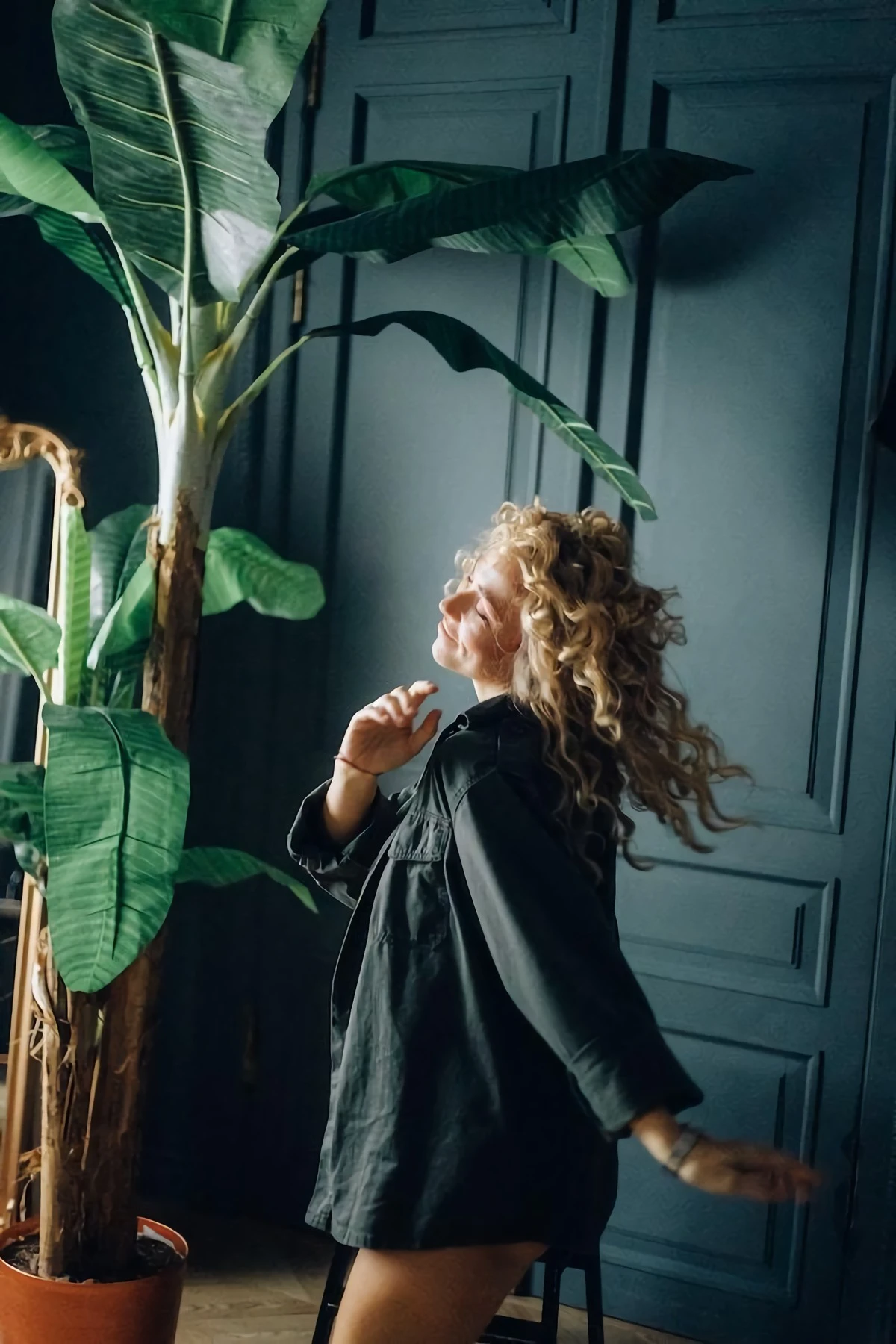
Above all, the plant has to be happy in your home’s conditions. A stressed-out plant isn’t going to do a good job at anything. And honestly, pet safety is a huge deal for many people. When choosing, consider the plant’s light and water needs, how easy it is to clean, and whether it’s safe for your furry friends.
My Go-To Plants for Dust Control
Here are the plants I recommend over and over. They’re tough, they’re effective, and they look great doing their job. I’ve included the nitty-gritty care details I’ve learned from experience, because a healthy plant is a hard-working plant.
1. The Rubber Plant
This one’s a classic for a reason. Its big, glossy leaves are practically designed to catch dust, and they’re incredibly easy to wipe clean.
- You’ll Need: The plant itself (expect to pay $25-$80 for a decent size), a pot with drainage holes, and a good soil mix. For soil, I swear by a blend of one part indoor potting mix, one part perlite, and one part orchid bark. You can find these at any big-box garden center or local nursery.
- Care Tips: Give it bright, indirect light—an east-facing window is perfect. If it doesn’t get enough light, it’ll get “leggy” (meaning it gets all stretched out with big gaps between the leaves). Water it thoroughly, then let the top 2-3 inches of soil dry out completely before watering again. For me, that’s about every 1-2 weeks.
- Dusting Duty: Every couple of weeks, take a damp microfiber cloth and gently wipe the top of each leaf. Support the leaf from underneath with your other hand. Please, skip those commercial leaf-shine products; they just clog the plant’s pores.
- Heads Up! The milky sap is a latex substance that can irritate skin and is toxic to pets and people if ingested. Keep it away from curious nibblers and wash your hands after pruning.
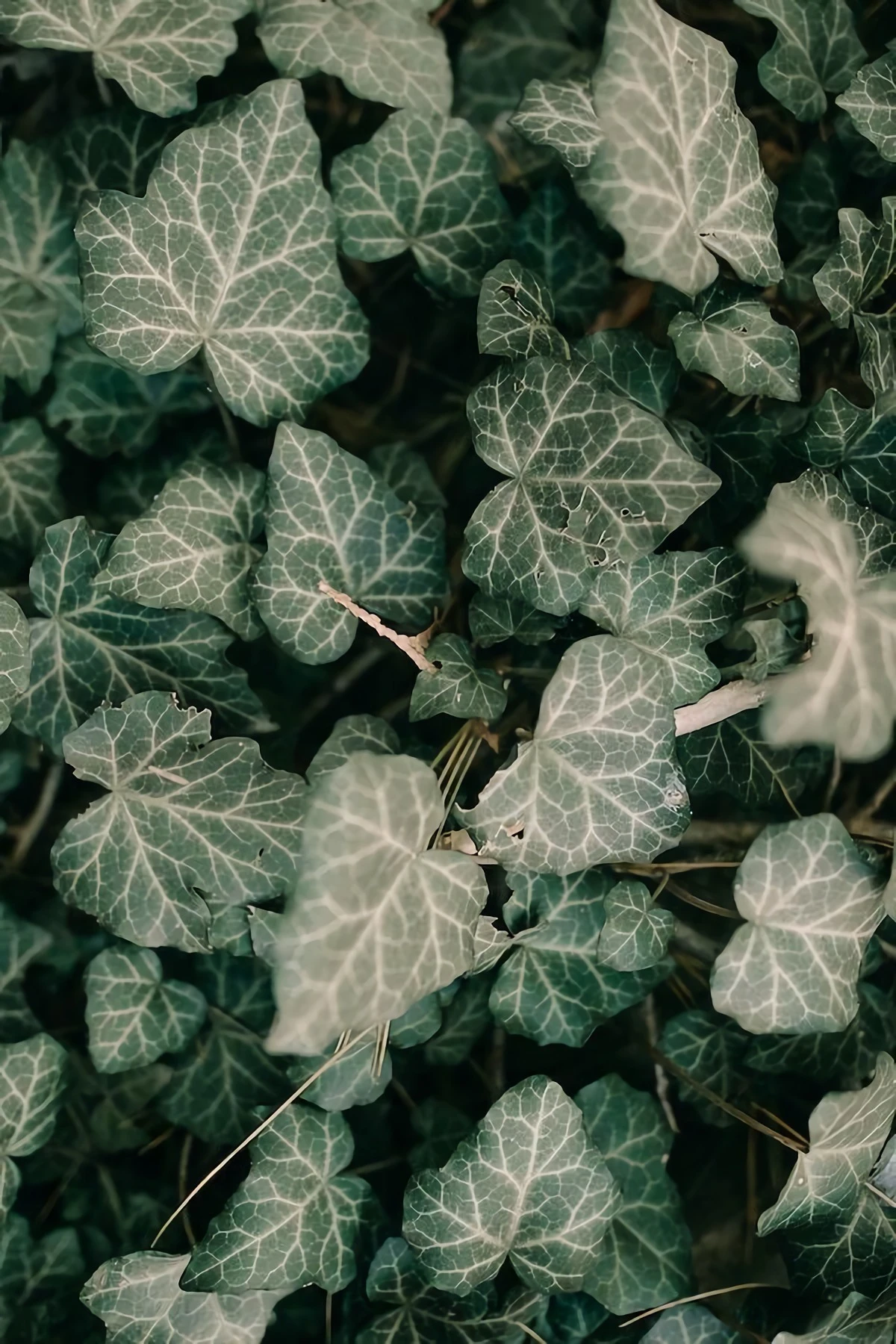
2. The Snake Plant
The Snake Plant is an absolute tank—it’s one of the toughest houseplants you can own. Its tall, stiff leaves are fantastic, low-maintenance dust magnets.
- You’ll Need: A Snake Plant (usually $15-$50), a pot with excellent drainage, and a bag of cactus or succulent soil mix. Seriously, don’t use regular potting soil unless you mix it with at least 50% perlite or pumice.
- Care Tips: It’s famous for tolerating low light, but it secretly loves medium to bright indirect light. The biggest mistake is overwatering. This is a succulent, so let the soil dry out completely between waterings. I’m talking maybe once a month. When in doubt, wait another week.
- Dusting Duty: Wiping down the tall, smooth leaves with a damp cloth once a month is a breeze. Quick and easy.
- Good to know: Snake Plants are special because they release oxygen at night, making them a popular choice for bedrooms.
- Heads Up! It’s toxic to cats and dogs if they chew on it. It usually just causes an upset stomach, but it’s best to place it out of reach.
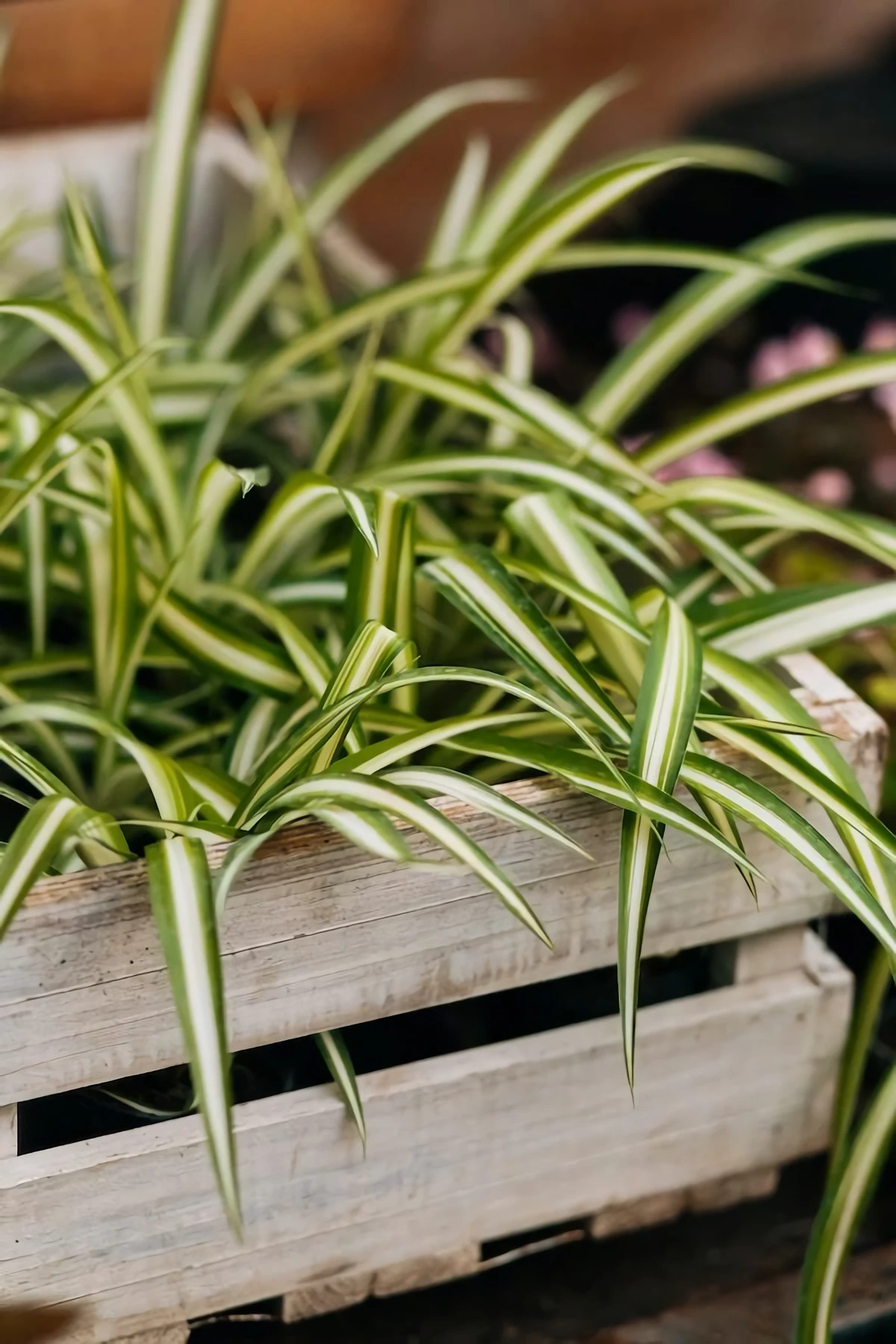
3. The Spider Plant
A healthy Spider Plant is a fountain of arching leaves. While each leaf is small, a mature plant has hundreds, creating a huge surface area for trapping dust. Plus, they’re super easy to grow and share.
- You’ll Need: A Spider Plant (a steal at $10-$30), a basic pot, and any all-purpose potting mix. They aren’t picky.
- Care Tips: They love bright, indirect light. They can get brown tips from the fluoride in tap water, so letting your water sit out for 24 hours before using it can help. Water well, then let the top inch of soil dry out.
- Dusting Duty: Wiping every single leaf would be a nightmare. The best method is a gentle shower. Here’s a quick tip to avoid a mess:
f9f9f9; border-left: 5px solidccc; padding: 10px 20px; margin: 20px 0;”>How to Shower Your Plant Without Flooding Your Kitchen:
1. Gently wrap a plastic grocery bag around the pot to cover the soil and keep it from washing out.
2. Tip the plant on its side in your sink or bathtub.
3. Use a gentle, lukewarm spray to rinse the leaves thoroughly. Let it drip dry for a bit, and you’re done!
- Heads Up! Great news for pet owners and parents: the Spider Plant is non-toxic and one of the safest, most effective choices on this list.

4. The Prayer Plant
Want another pet-safe option with gorgeous, broad leaves? The Prayer Plant is your answer. Its velvety, patterned leaves are great at catching dust, and they perform a little dance, folding up at night like hands in prayer.
- You’ll Need: A Prayer Plant ($15-$40), a pot with drainage, and a standard indoor potting mix that holds a bit of moisture.
- Care Tips: These guys like medium, indirect light and consistently moist (but not soggy!) soil. They also love humidity, so they’re perfect for a bathroom or kitchen. If you see crispy brown edges on the leaves, it’s begging for more humidity.
- Dusting Duty: The broad leaves are easy to wipe down. A gentle wipe with a damp cloth every few weeks will keep them clean and vibrant. Like the Spider Plant, they also appreciate a good rinse in the shower now and then.
- Heads Up! Like the Spider Plant, the Prayer Plant is non-toxic to cats and dogs, making it a beautiful and worry-free choice for homes with pets.
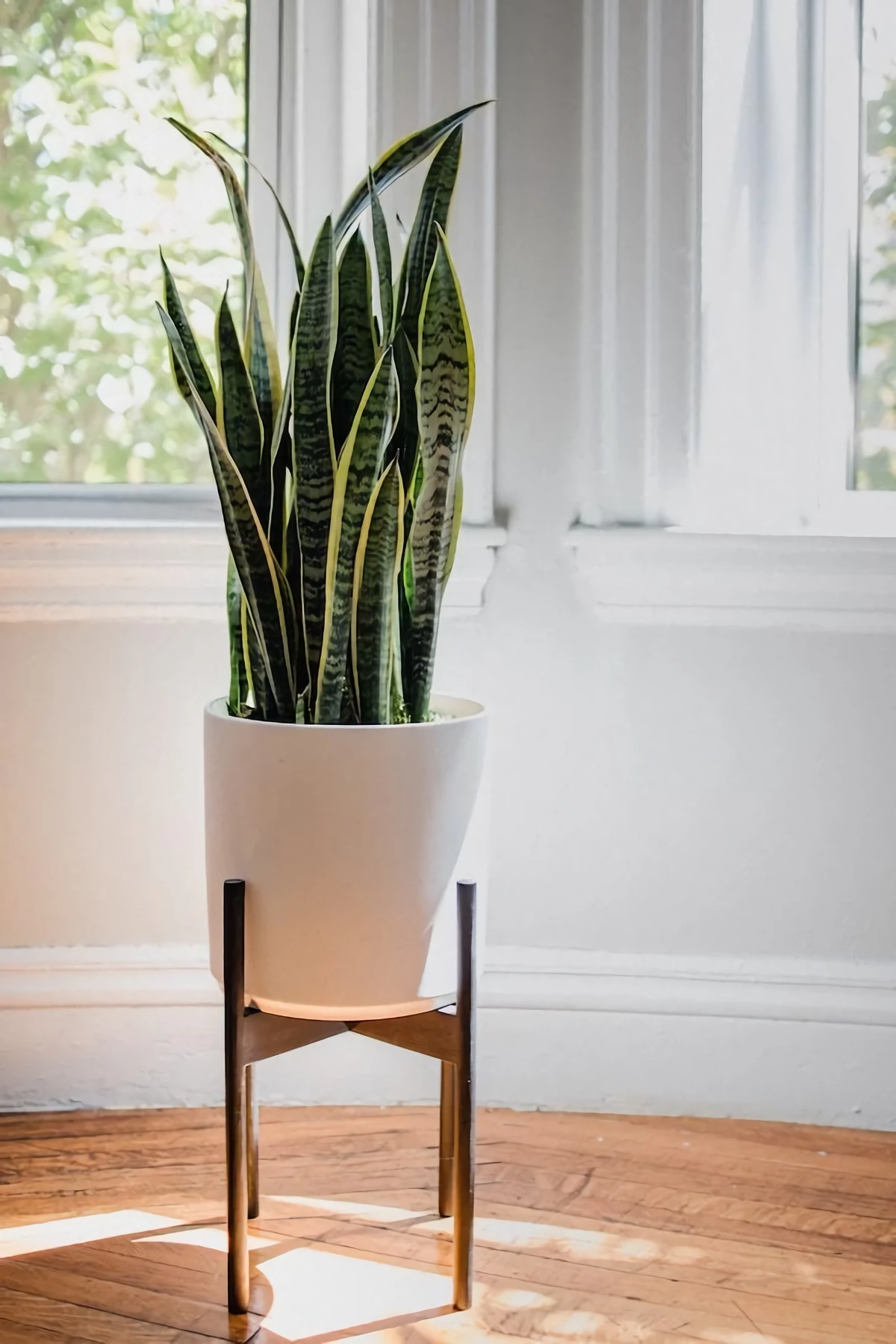
5. The ZZ Plant
The ZZ Plant is another champion of neglect. Its waxy leaves are so shiny they almost look fake, and that waxy surface is perfect for grabbing dust. It’s my top recommendation for offices or rooms with low light.
- You’ll Need: A ZZ Plant ($20-$60), a pot, and a fast-draining succulent mix. Don’t skip the special soil!
- Care Tips: It thrives on neglect. Seriously. It stores water in underground rhizomes, so you can easily kill it with kindness. I water mine every 3-4 weeks, letting the soil become bone dry in between.
- Dusting Duty: The smooth, waxy leaves are a snap to clean. A monthly wipe with a damp cloth keeps them glossy and working hard.
- Heads Up! Like the Peace Lily, the ZZ Plant contains calcium oxalate crystals and is toxic if ingested. Keep it away from pets and kids.
d4e8d4; padding: 20px; margin: 2em 0; border-radius: 8px;”>
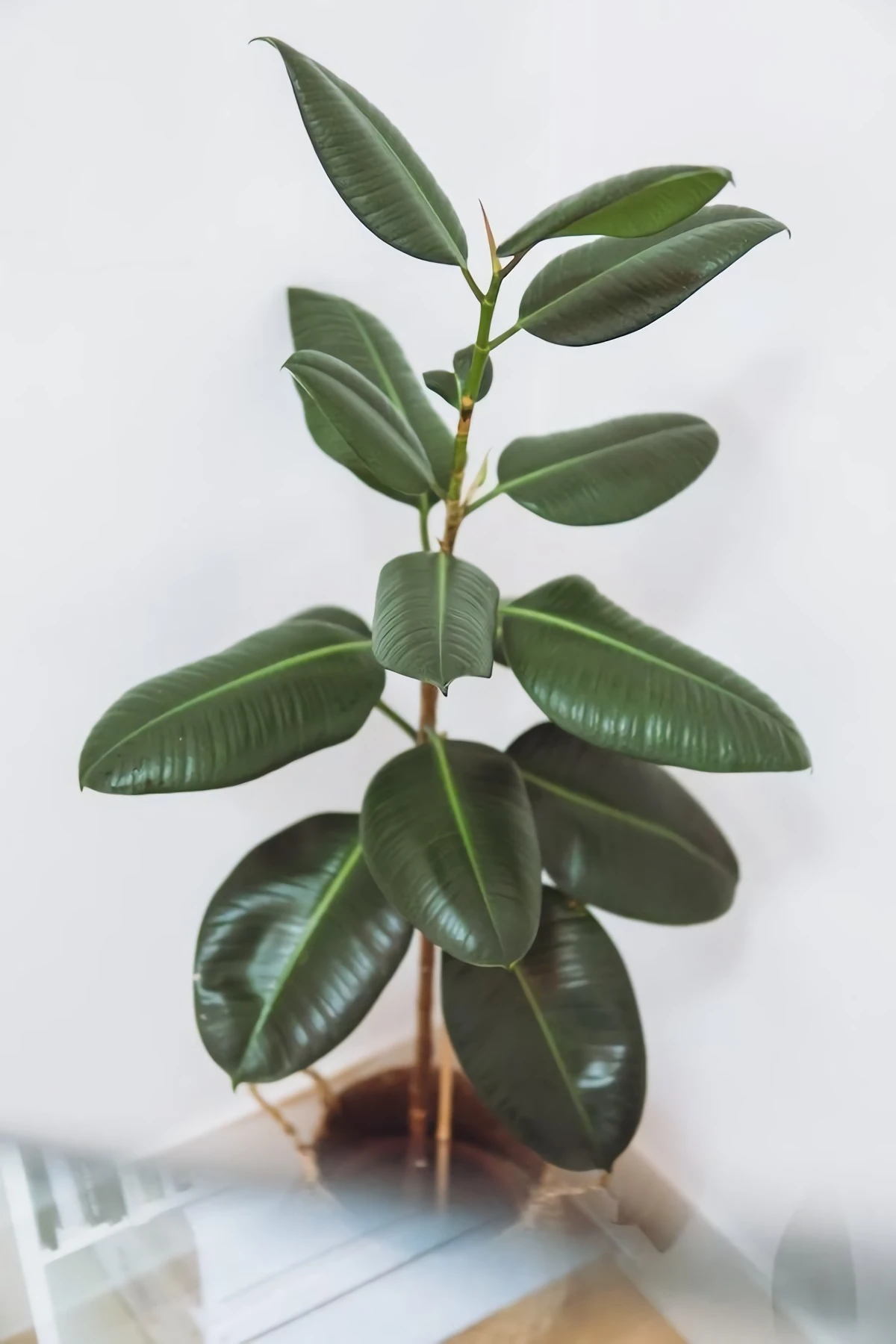
Try This Right Now: The 5-Minute Dust Test
Still skeptical? Go find the biggest plant in your house. Grab a damp paper towel or microfiber cloth and gently wipe down just three leaves. Now, look at the cloth. All that grime is dust that was floating in your air (or coating your plant). It’s a super satisfying way to see the immediate impact!
The Big Picture: A Realistic Home Cleaning Strategy
I always tell people to think of plants as one tool in their toolkit, not the whole solution. To really tackle dust, you need a system where plants play a supporting role.
For a start, how many do you even need? A good rule of thumb is to aim for at least one large-leafed plant for every 100 square feet of living space. Then, combine them with good habits. Always dust your hard surfaces with a damp cloth before you vacuum. This traps dust instead of just flinging it into the air. Then, make wiping down your plant leaves part of that routine. A dusty plant is just another dusty object, after all. Vacuum last with a HEPA filter to suck up everything that’s settled.
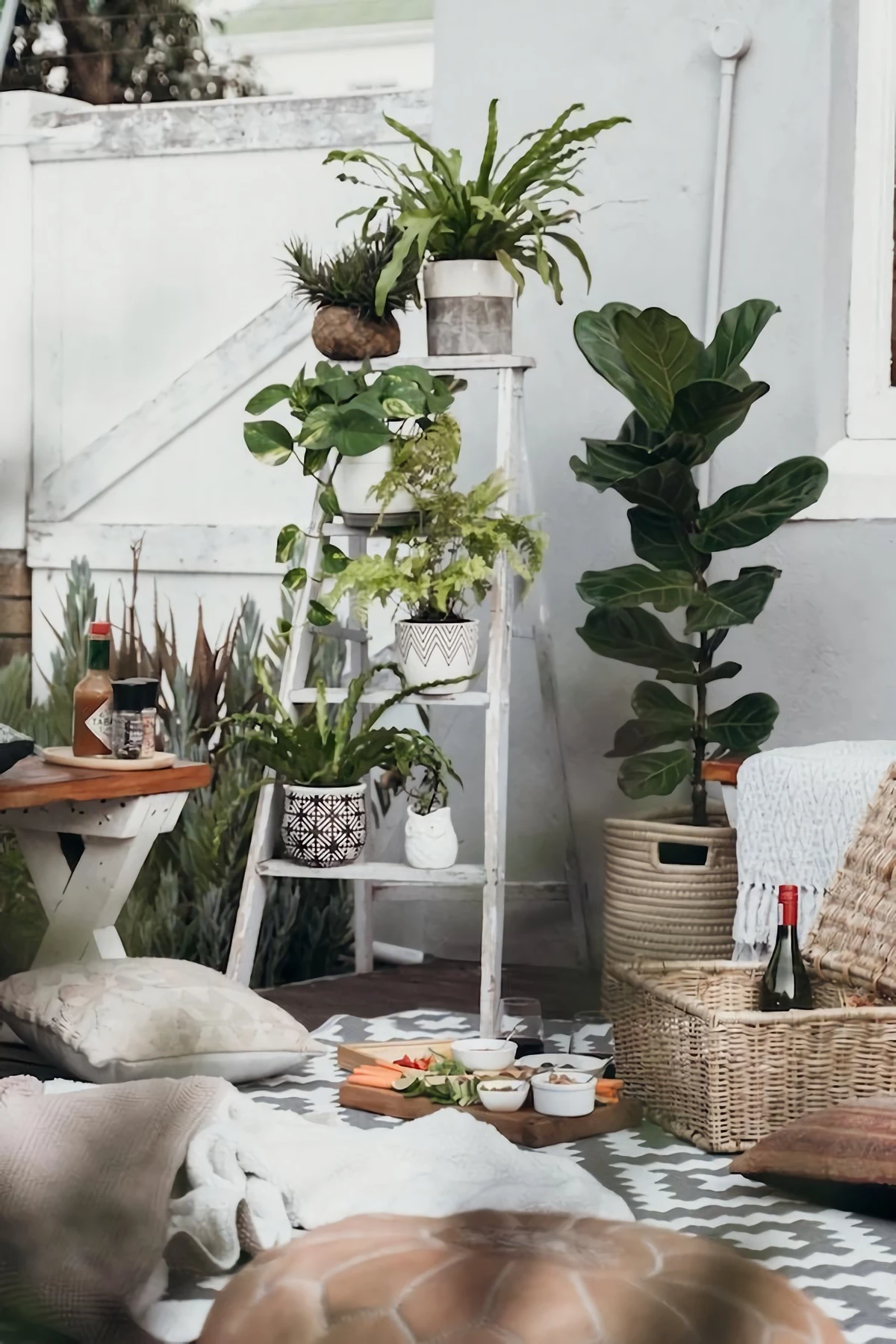
And let’s be honest: if you have serious allergies, an electronic air purifier is going to be far more effective at capturing microscopic particles. I see them as partners. The purifier handles the tiny stuff, while plants grab larger dust particles and make your space feel alive. Placing plants strategically helps, too. Put a big one near the front door where you kick off your shoes, or next to the sofa where fabric fuzz and pet dander fly around.
Common Mistakes I’ve Seen a Thousand Times
Avoiding these common pitfalls will make your plants healthier and way more effective.
- The #1 Mistake: Never Cleaning the Leaves. I can’t say this enough. If you let dust build up, you’ve defeated the whole purpose. The plant can’t trap more dust, and it struggles to breathe and photosynthesize. Clean leaves are working leaves.
- Killing Them with Kindness. More indoor plants die from overwatering than anything else. Get to know your specific plant and always, always check the soil before you water. Root rot is a silent killer.
- Ignoring Pests. Sometimes, what looks like fine dust is actually a sign of spider mites. To be frank, I once lost a beautiful ivy because I thought the fine webbing was just dust for weeks. Don’t be like me! Wipe the underside of a leaf with a white tissue. If you see tiny reddish-brown streaks, you have mites. Act fast!
Final Thoughts from the Greenhouse
Using plants to help manage dust is such a practical, beautiful idea. They won’t work miracles, but they are a living, breathing part of a healthier home. They connect us to nature, boost our mood, and don’t ask for much in return.
If you’re just starting, grab a Snake Plant or a ZZ Plant. Learn its rhythm, enjoy the process, and when you wipe the dust from its leaves, remember you’re not just cleaning—you’re caring for a living partner in your home. And that, honestly, is where the real value is.
Inspirational Gallery with Photos
A study published in the journal Environmental Science & Technology found that a plant’s waxy leaf cuticle is particularly effective at capturing airborne particulate matter.
This isn’t just about passive trapping. The slightly sticky or textured nature of the cuticle on plants like the popular ZZ Plant (Zamioculcas zamiifolia) or Hoya varieties acts like a natural magnet for fine dust, making them more than just green decorations.
Cleaning your leafy dust-catchers isn’t a one-size-fits-all job. Tailor your technique to the plant’s texture for the best results:
- For broad, glossy leaves (like a Ficus elastica or Monstera deliciosa): Use a soft microfiber cloth dampened with water to wipe the top and underside of each leaf.
- For fuzzy leaves (like an African Violet): Avoid water, which can cause spotting. Use a very soft, clean paintbrush or a mushroom brush to gently whisk away dust.
- For plants with tiny, numerous leaves (like a Boston Fern): Give them a gentle, lukewarm shower in the tub every month or so. Let them drip dry completely out of direct sun.
Does grouping plants together actually make a difference for dust?
Absolutely. Creating a ‘plant cluster’ does more than just make a stylistic statement. By grouping several plants, you create a micro-environment with higher local humidity due to collective transpiration. This increased moisture in the air helps airborne dust particles clump together, become heavier, and settle onto the leaves (and surrounding surfaces) more quickly, rather than staying suspended in the air you breathe.
The Wrong Tool for the Job: A common mistake is using commercial ‘leaf shine’ products. While they provide an instant glossy finish, many contain oils or waxes that can clog the plant’s stomata—the tiny pores on the leaves essential for breathing. This suffocates the plant and negates its air-filtering benefits. Stick to a simple wipe with water for a natural, healthy sheen.
Fiddle Leaf Fig (Ficus lyrata): Its huge, paddle-like leaves offer a massive surface area, making them incredible dust magnets. They are very easy to wipe clean, but their dark green surface shows every speck of dust, requiring frequent attention.
Spider Plant (Chlorophytum comosum): Its dense, arching foliage creates an intricate web that traps dust effectively. It’s also one of the easiest plants to care for. Cleaning is best done by swishing the leaves in a basin of water or giving it a quick shower.
For ease of cleaning, the Fiddle Leaf wins, but for sheer trapping efficiency in a compact space, the Spider Plant is a champion.
Turn dusting into a moment of mindfulness. The gentle, repetitive act of wiping each leaf connects you to your plant, allowing you to check for pests, assess its water needs, and appreciate its form. The immediate reward isn’t just a cleaner home, but the satisfying sight of vibrant, healthy leaves that can breathe freely. It transforms a chore into a calming ritual.
- They catch fine particles that would otherwise land on electronics.
- Their dense foliage creates an effective dust-trapping net.
- They are renowned for being low-maintenance and forgiving.
The secret? The humble and affordable Golden Pothos (Epipremnum aureum). A few trailing vines placed on top of bookshelves or cabinets will quietly work to capture dust in those hard-to-reach high places.
Create your own gentle, nourishing leaf cleaner. In a spray bottle, mix a quart of lukewarm water with a quarter teaspoon of a natural, insecticidal soap like Dr. Bronner’s or pure castile soap. Shake well. This simple solution not only cleans dust effectively but also helps deter common houseplant pests like spider mites and aphids, without leaving a harmful residue.
Forget paper towels that can tear and leave lint. The single best tool for wiping leaves is a pair of microfiber dusting gloves.
These allow you to gently grip and clean both the top and bottom of a leaf in one fluid motion, dramatically speeding up the process on plants like the Rubber Plant or Bird of Paradise. They are washable and reusable, making them a sustainable choice for your plant care kit.










